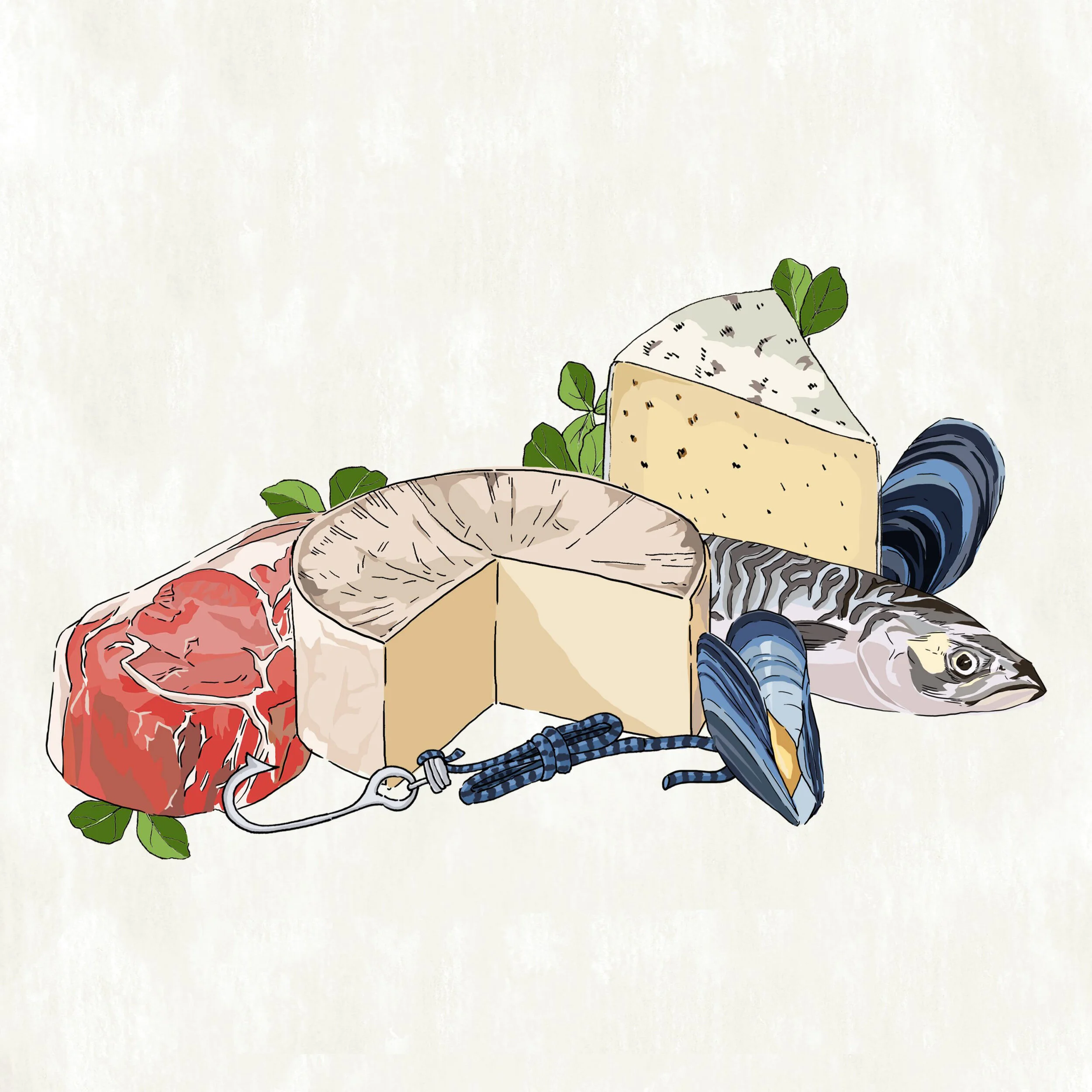It’s been just over month since we closed the doors on the We Feed the World exhibition at the Bargehouse Gallery on London’s Southbank and packed away the 350 iconic images of small-scale farmers, that told the extraordinary and very moving stories of 52 incredible communities around the world.
This flagship exhibition was the culmination of three and a half years of work for The Gaia Foundation and many other groups, organisations and businesses who collaborated with farming communities and 47 celebrated photographers to create a body of work that would tell the global story of an agroecological food system in action.
The vision was to bring to life the statistics that we seldom read about in the mainstream press – that 70 percent of our food is produced by small scale farmers – and to challenge the myth created by the big food corporations – that we need an industrial food system or quick fix technologies like GM to feed a growing global population.
The images of the men, women and their families who provide the majority of the worlds were photographed in locations as diverse as the deepest Amazon to the icy fishing waters of Northern Sweden, and told a very different story; of resilience, traditional knowledge, community cohesion and the celebration of diversity in all its many forms. It was a unique opportunity for people everywhere to understand the complexities of the global food system, the many issues it currently faces and their own role in its future.
ZIMBABWE, PIETER HUGO, THE MUONDE TRUSTE
INDONESIA, MARTIN WESTLAKE, EAST FLORES
We Feed the World was a ground-breaking project which brought together the arts and environmental movements in order to a use a different way of communicating critical messages about our food system. As well as the exhibition in London, 47 simultaneous exhibitions were launched in many of the farming communities we worked with, giving each of them the opportunity to celebrate their successes as well as draw attention to the challenges they face.
It was a project that required great faith from all who supported it as nothing had been attempted on this scale before. There were many challenges along the way but when it was opened in London on October 11th by environmental activist, Vandana Shiva, it was hailed as the largest simultaneous photographic exhibition ever launched. In her opening speech Vandana said “Agriculture is the one of the most creative acts that human beings can be engaged in. And the fact that the creativity of the photographers and the creativity of the small farmers has come together in this exhibition makes for a very powerful story.”
This enormous level of enthusiasm continued to reverberate throughout the ten days the exhibition was at the Bargehouse with nearly 7000 visitors flooding in to see the images as well as to participate in the 50 + talks and workshops about everything from agricultural policy to foraging to veganism. Many of the farmers, photographers, NGO’s, organisations and businesses, who had taken part in the project hosted their own sessions, from Austrian farmer and bread-maker, Roswitha Huber to US activist Anna Lappe who came with a stark warning from the US. Delivering the key note address she said “We don’t have to guess where the industrial path, if pursued globally, would take us. We don’t have to imagine that future; in the United States where I come from, we’re living it. In the United States, industrial agriculture and processed diets have dominated for the last half a century, we’re experiencing record rates of diet-related illnesses and water and air pollution driven by petrochemicals and synthetic fertiliser.”
As well as the many visitors the exhibition welcomed at the Bargehouse, the images and stories from We Feed the World reached out to a global audience of nearly ten million people through the phenomenal press coverage it generated. Within the first few days of opening, the exhibition had been featured in articles in the Guardian, Independent, Telegraph, National Geographic and the British Journal of Photography. At the same time, the community exhibitions were welcomed by farming and fishing communities around the world. We were delighted to get feedback from Slovakia, Nicaragua, Indonesia, Kenya and many other countries letting us know how images were being received. In some communities like Shashe in Zimbabwe or Chagford in Devon, the images were shown as part of their annual ceremonies to celebrate the rain or harvest.
The We Feed the World team is now taking stock before it launches into the New Year with plans to take the exhibition on tour and to produce a beautiful photographic book of all the images and their stories, as well as recipes by celebrated chefs which reflect the diet of each community. As well as communicating a critical message about our food system to a large, global audience, the triumph of We Feed the World has also been to demonstrate how important creativity and collaboration are to navigating our future. Rational thought and competition may have led to some of mankind’s greatest achievements but unless we now embrace a new way of working, we could end up destroying it all. It is worth reflecting on wise words of Albert Einstein when he said “We cannot solve our problems with the same thinking we used to create them”.
SOMERSET, KATE PETERS, GLEBE FARM
ZIMBABWE, PIETER HUGO, THE MUONDE TRUSTE
PERU, NIALL O’BRIEN, HUADQUIÑA CO-OPERATIVE
AUSTRALIA, KATRIN KOENNING, NEW SOUTH WALES

















